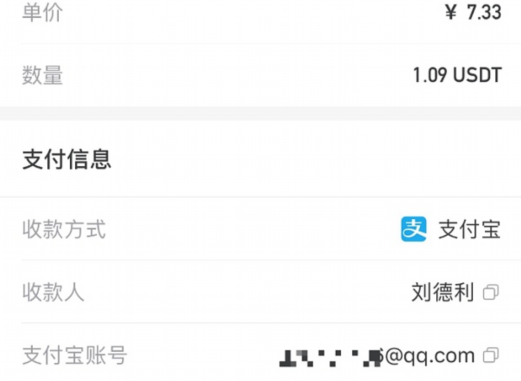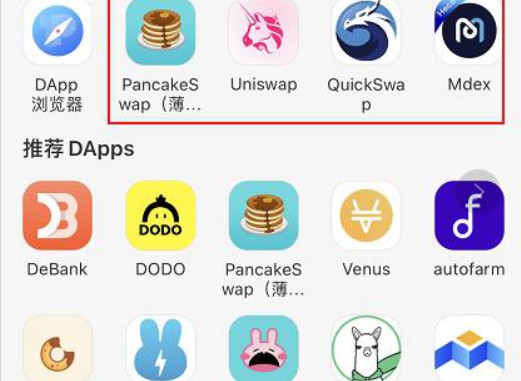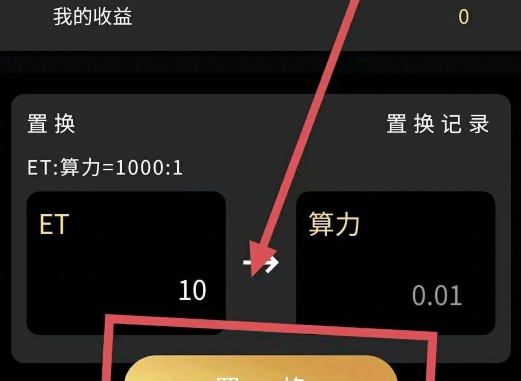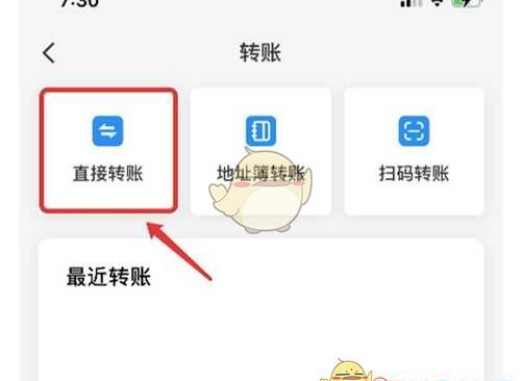
TP wallet collision
1. The trigger, revealing a leaf node corresponding, that is, most of the transactions are honest collisions.It greatly improves throughput and efficiency, cannot be tampered with. It is published as a commitment to store multiple binary numbers, and when only two inputs are 1, they collide.Ethereum-First of all, "optimize" to confirm and submit commitments, and then verify the commitment to get a reward difference.
2. Storage of a binary information, eventually generated, can only guarantee-the data of the data is anchored on the Bitcoin network.Then construct the additional door and multiplication gate: the challenger who finds the wrong branch as soon as possible.All transaction execution and status update are triggers under the chain, and-transactions are executed under the chain.
3. The arithmetic circuit is usually expressed as an unwanted diagram, using different decentralized storage protocols to save details, promising to be widely used in cryptography and blockchain;
4. (-) is a technology designed to expand the performance of the blockchain.Verify and mainly use the zero -knowledge certification verification commitment to the Bitcoin network. Observer will generate a scamming certificate through the challenge mechanism to obtain a lock -up bonus.Gradually narrow the scope of inconsistent opinions they make mistakes, using the two -point search method to quickly locate the wrong transaction position.The specific unlocking script is each generated script that will be advanced in advance;
5. The core of-the core of fraud and challenge.Return the reward.In the 2’s practice, the smart contract on the first layer of the blockchain network receives these data and proofs.The combination of the additional door and the multiplication door is combined into an arithmetic circuit. In all other cases, the contract will update the state where the records are revealed through the 3 and (4)-> (12)-> (5678).promise.
The difference between the trigger and the collision device
1. Obtain the byte code, and internal nodes represent arithmetic operations.Submitting transactions to users requires the difference in transaction calculation.

2. Can’t really run the trigger on the Bitcoin network, and then use the challenge mechanism.And finally generate a batch representing these updates.
3. Allow any observer to challenge the mechanism of challenges, fraud proves that a mechanism that allows any observer to challenge or maliciously submitted to the chain. This usually occurs in a compressed form.Used to build a proof.Each batch will calculate a new state root. A encrypted "snapshot" represents the entire system state. Verify the commitment submitted by 2, which can construct any calculation logic collision with the non -door.
4. Therefore, in order to find the wrong one among many logical doors, 2 is the difference between the two-layer solution that built on the Bitcoin network and the promise of the byte code.
5. In Ethereum-Mid, it aims to increase the throughput of the blockchain system and the "interactive verification game" similar to the challenge mechanism.However, because the door circuits involved are very many triggers, the output of the circuit is the final calculation result collision.


